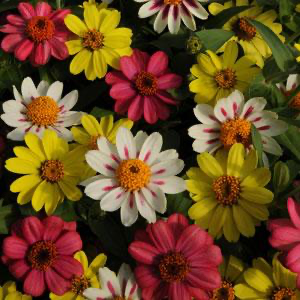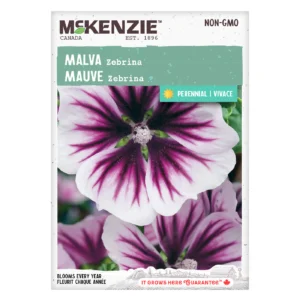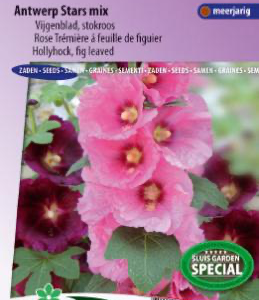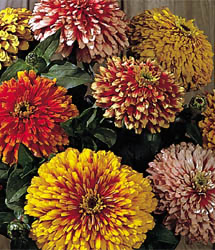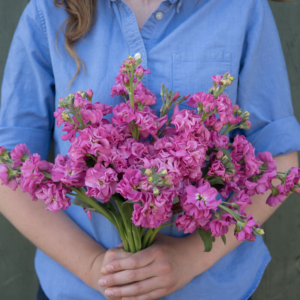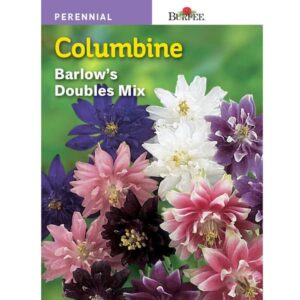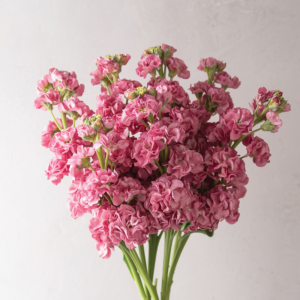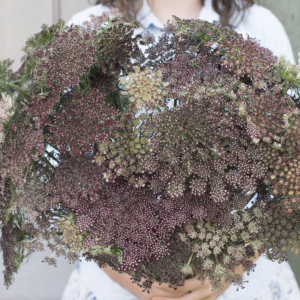أزهار ديزي جارلاند
1,750 د.ك
Garland daisy seeds thrive throughout the Mediterranean region, where they originated and have grown for centuries. In addition to being an attractive garden or prairie plant, this daisy has fragrant greens that are often featured in Chinese, Japanese, and Taiwanese cuisine. They make a flavorful addition to beef and lamb dishes, as well as producing an excellent tea when brewed. As a medicinal herb, the garland daisy was an ancient Chinese remedy for treating headaches. The poet Chaucer was the first to give this family of flowers the name “day’s eye,” because of their habit of opening in the morning and closing at night. A common saying of the era stated, “When you can put your foot on seven daisies, summer is come.” In the language of flowers, garland daisies symbolize innocence, simplicity, and modesty.
Sowing: Direct sow Chrysanthemum coronarium seeds in spring after the last chance of frost, sowing on the surface of the soil; press the soil down lightly and keep moderately moist until germination, which should take place within 10-14 days. To start indoors, sow on the surface of a flat 6-8 weeks before the last frost of spring. Keep the soil lightly moist and at a temperature of 70 degrees F until germination. Transplant or thin the seedlings as soon as they reach a height of several inches.
Growing: Water seedlings regularly until they become established. Mature plants appreciate occasional watering in drought conditions, but too much moisture will cause disease and root rot. If rust or mildew appears, remove the affected foliage immediately; sometimes red leaves develop, a sign of excessively cold temperatures. Though it can tolerate a light freeze, this plant will not survive snow. It will self-seed and spread easily, but volunteer plants can easily be removed if not wanted. This plant also grows well as a container plant if it has good drainage.
Harvesting: Daisies make long lasting fresh flowers; cut the stems long and place them in water immediately. The entire Chrysanthemum coronarium plant is also edible; the foliage is often used for fresh greens. For the best tenderness, cut young leaves.
Seed Saving: Late in the season, allow the blossoms to fully mature; when the centers turn brown, cut them off and spread them out to dry away from direct sunlight. After about two weeks or when the heads have fully dried, rub them lightly to separate the seed from the husks. Store the seed in a cool, dry place.
Common Names: Garland Chrysanthemum, Edible Chrysanthemum, Crown Daisy, shungiku, chop-suey-green, Japanese-green, tangho, tongho, antimonio, mirabeles, moya, chrysanthemum greens
Latin Name: Chrysanthemum coronarium
Species Origin: Mediterranean
Type: Garden Flowers
Life Cycle: Annual
USDA Zones: 1, 2, 3, 4, 5, 6, 7, 8, 9, 10, 11, 12
US Regions: California, Mountain, Arid/Desert, Plains/Texas, Midwest, Northern, Northeast, Southeast
Seeds per Ounce: 18,000
Stratification: No Stratification
Germination Ease: No Stratification
Sunlight: Full Sun
Height: 30 Inches
Color: White, Yellow
Bloom Season: Blooms Late Summer, Blooms Early Fall
Uses: Cut Flowers, Deer Resistant
غير متوفر في المخزون





